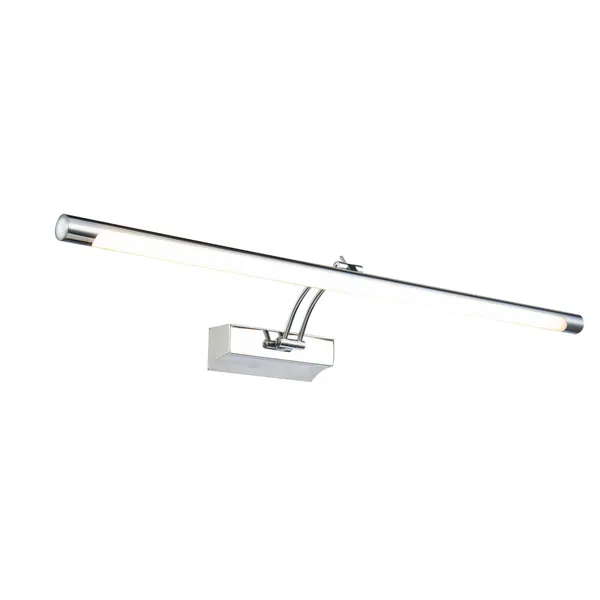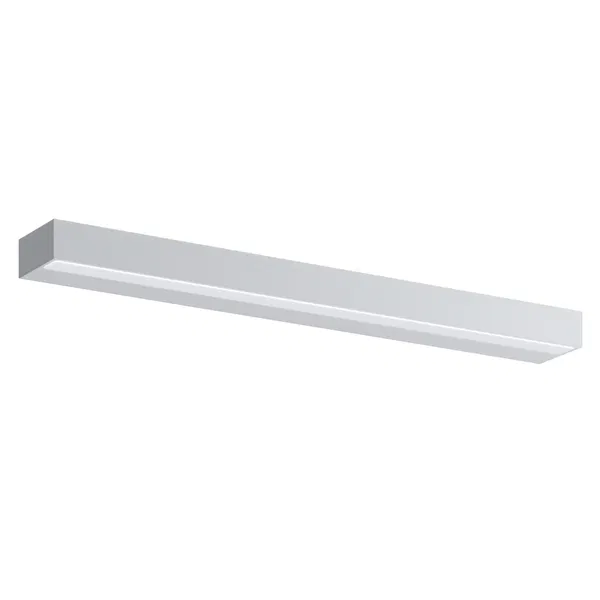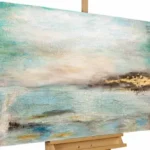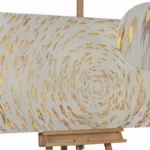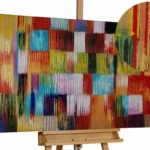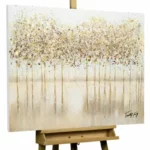The Influence of Art on Interior Design:
Tips and Inspiration
Art has a transformative power that goes beyond the canvas. When thoughtfully integrated into interior design, art can transform an ordinary space into a vibrant, inspiring environment. It can evoke emotions, spark conversations and even influence the way we perceive and interact with a space. Learn about the role art plays in interior design and get practical tips for integrating art into your home.

The Emotional Impact of Art
Art has the unique ability to evoke emotions and influence the mood in a room. A bold, abstract painting can enliven a living room, while a serene landscape can create a calming atmosphere in a bedroom. The colours, shapes and themes of artwork can influence your mood and even reflect your personality and style.
Improving Aesthetics
Art adds visual interest and depth to a room. It is an eye-catcher that draws the eye and anchors the room. Whether it’s a large piece of art above a sofa or a select gallery wall, art adds character and personality to your décor. It can complement and enhance other design elements such as furniture, fabrics and accessories to create a coherent and harmonious picture.
Creating Harmonised Themes
Choosing artwork that matches the overall theme of your interior design can create a sense of unity and coherence. Abstract art with geometric patterns, for example, can complement a modern, minimalist space, while classic portraits or landscapes might suit a traditional or rustic theme. A consistent style, colour palette and theme will help to tie the room together and make it feel well thought out.
Reflecting Personal Taste and Identity
Your choice of artwork reflects your tastes, interests and experiences. By displaying artwork that speaks to you personally, your home becomes a very personal place. Whether it’s a work by a favourite artist, a souvenir from a memorable trip or a family heirloom, art can tell your story and spark meaningful conversations with guests.
Using Colour Psychology
Colours in art can have a profound effect on the mood in a room. Warm colours such as reds, oranges and yellows can create a cosy, welcoming atmosphere, while cool colours such as blues, greens and purples can make a room feel calm and relaxing. By understanding the psychology of colour, you can choose artwork that enhances the desired mood in any room.
Tips for Incorporating Art into your Home
Choose the Right Scale
Make sure the size of the artwork is appropriate for the space. A large artwork can make a bold statement in a large room, while smaller pieces can be grouped together to create a dynamic gallery wall.
Consider Placement and Lighting
Proper placement and lighting can have a significant impact on the presentation of your artwork. Hang artworks at eye level and add accents to emphasise them and give them dimension and drama.

Combine and Customise
Don’t be afraid to mix different styles, media and frames. Eclectic combinations make the room more interesting and give it a neat, collected look over time.
Reflect the Purpose of the Room
Choose artwork that matches the function of the room. For example, calm scenes or abstract works in muted tones are ideal for a bedroom, while lively, dynamic works are better suited to a living room or dining room.
Vary your Collection
Keep your interior fresh and interesting by changing your art collection. This way you can enjoy different pieces throughout the year and give your room an ever-changing look.
Art is more than just decoration: it is a powerful interior design tool that can transform spaces, evoke emotions and reflect your personal style. Through the careful selection and placement of artwork, you can create a home that is not only visually stunning, but also deeply meaningful. Harness the power of art in interior design and watch your living spaces come alive.
Frequently Asked Questions
Choosing the right frame depends on the style of the artwork and the décor of the room. Sleek, minimalist frames work well for contemporary artwork, while traditional art can benefit from ornate, classic frames. Pay attention to the colour and material of the frame so that it matches both the art and the room.
Yes, combining different types of art can create a dynamic and interesting space. Combine paintings, photographs, sculptures and prints to create variety and depth. Make sure there is a common element, such as a colour or theme, to tie the pieces together and maintain cohesion.
As a general rule, artwork should be hung at eye level, i.e. approximately 57-60 cm from the floor to the centre of the work. In rooms where most people sit, such as the living room, you should consider lower placement. For gallery walls, start with the largest work and place smaller works around it to create a balanced layout.
Related articles from Art in Interior Design
Picture credits: @KunstLoft @Ksenia Chernaya – Pexels.com @Mike Bird – Pexels.com @Đức Đào – Pexels.com @Max Vakhtbovycn – Pexels.com








